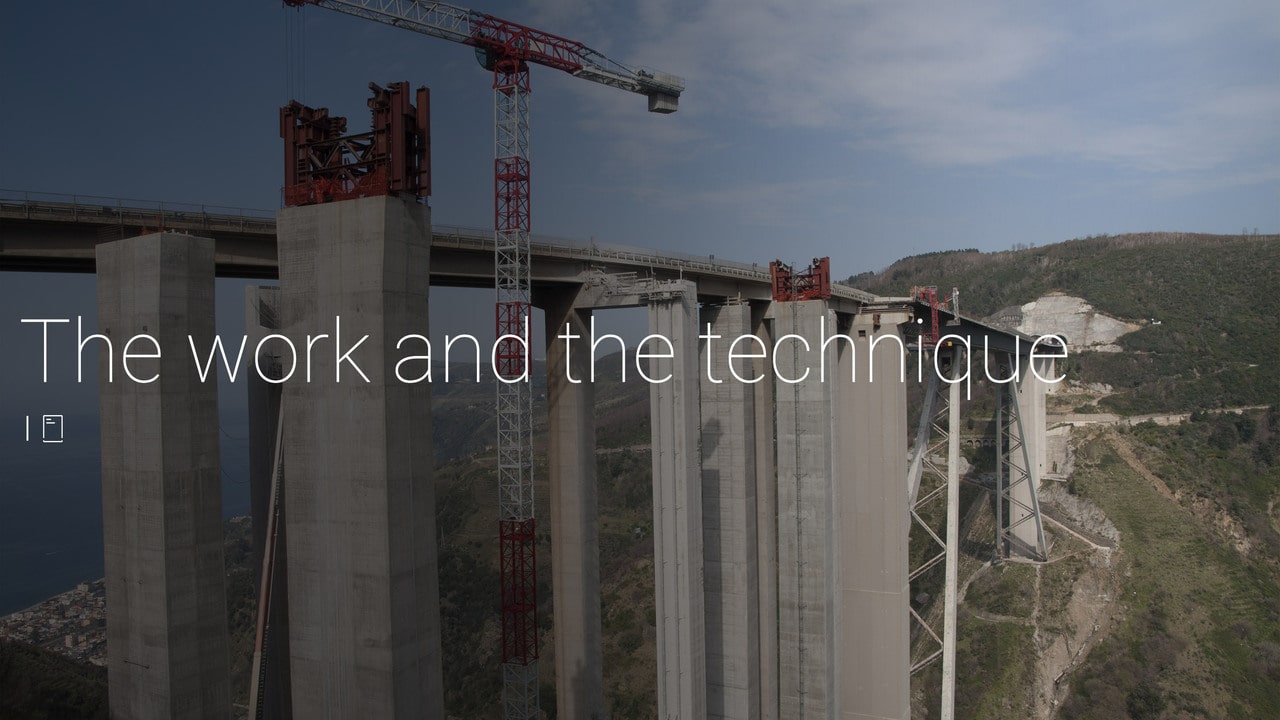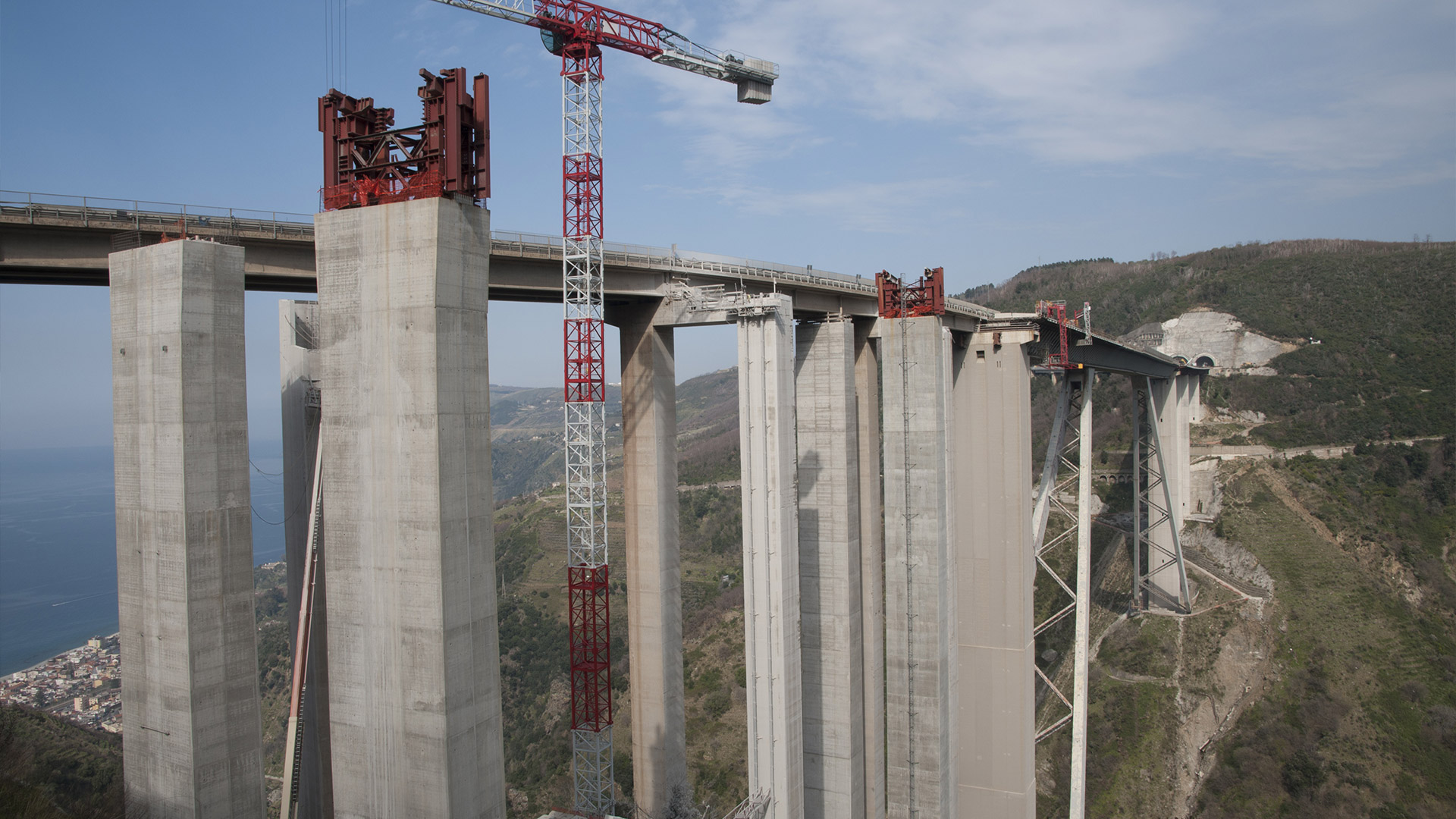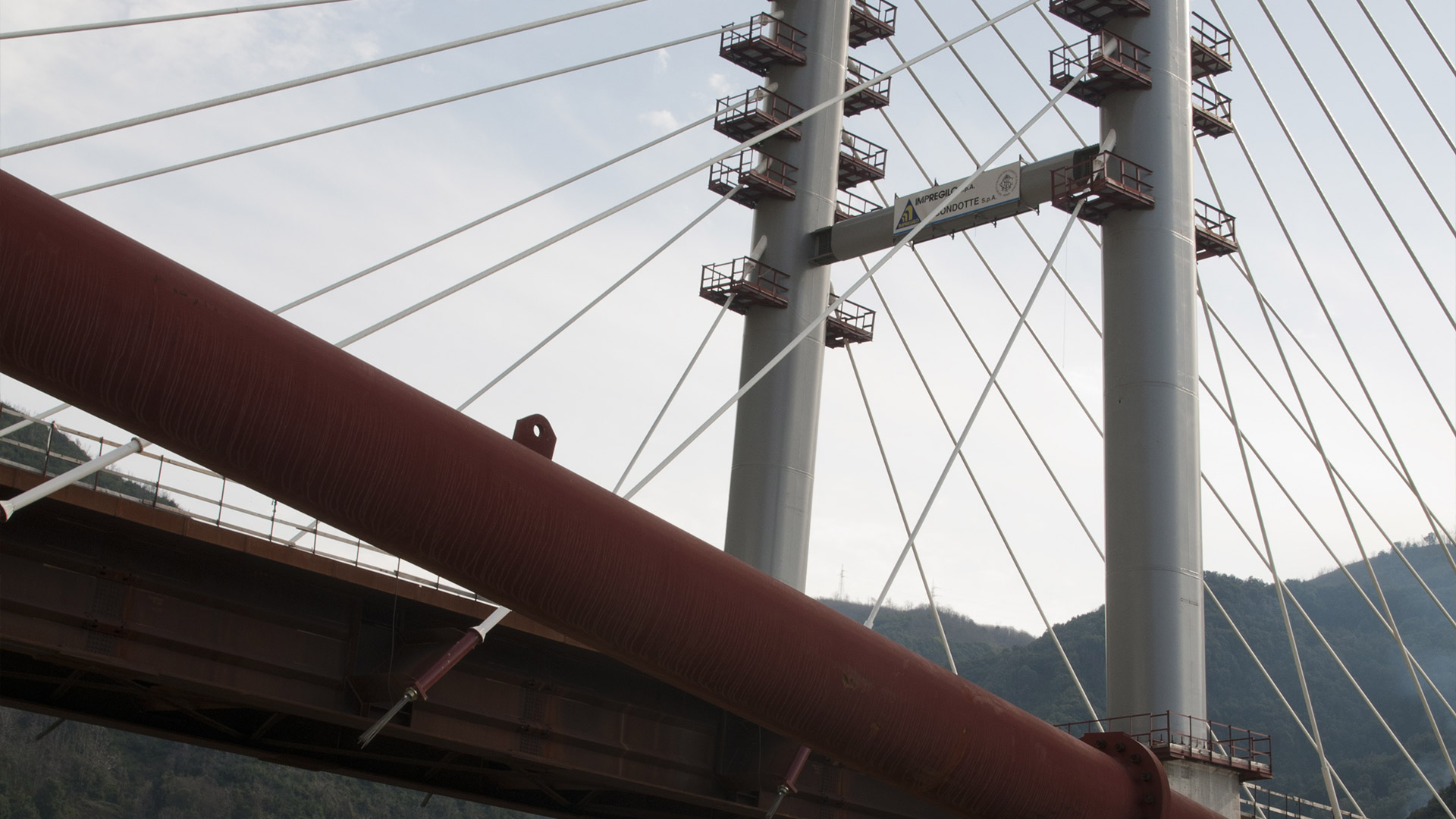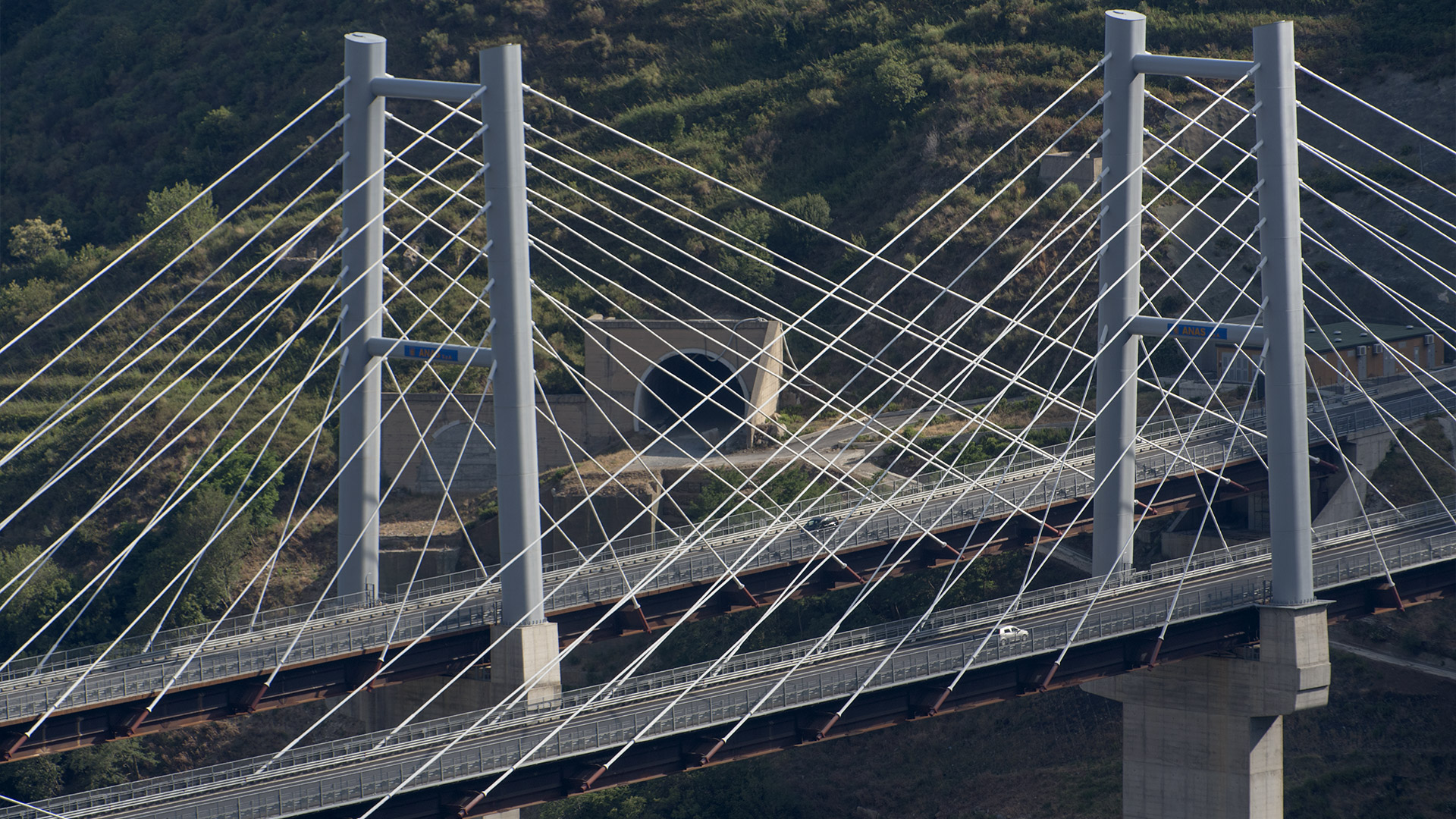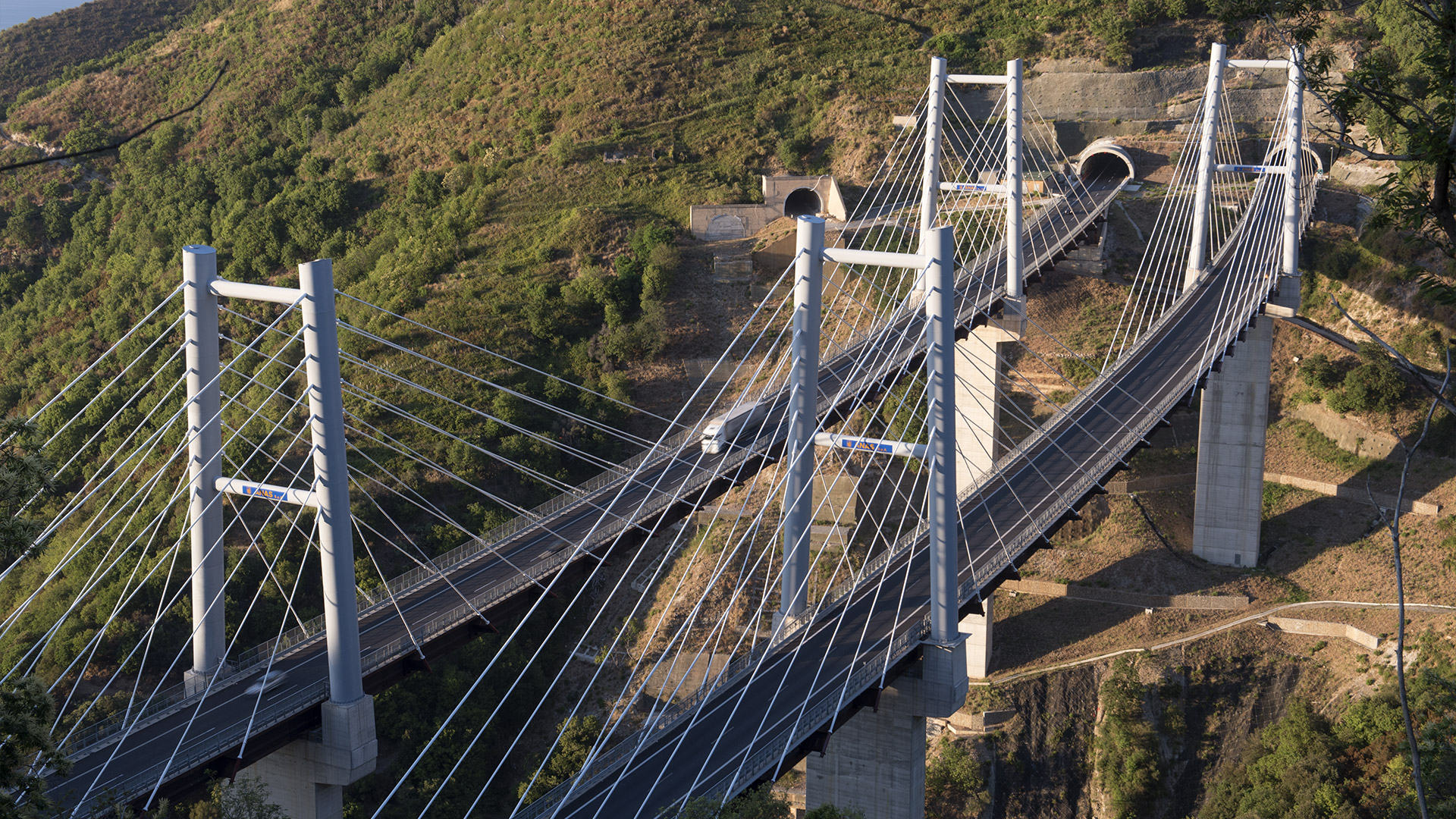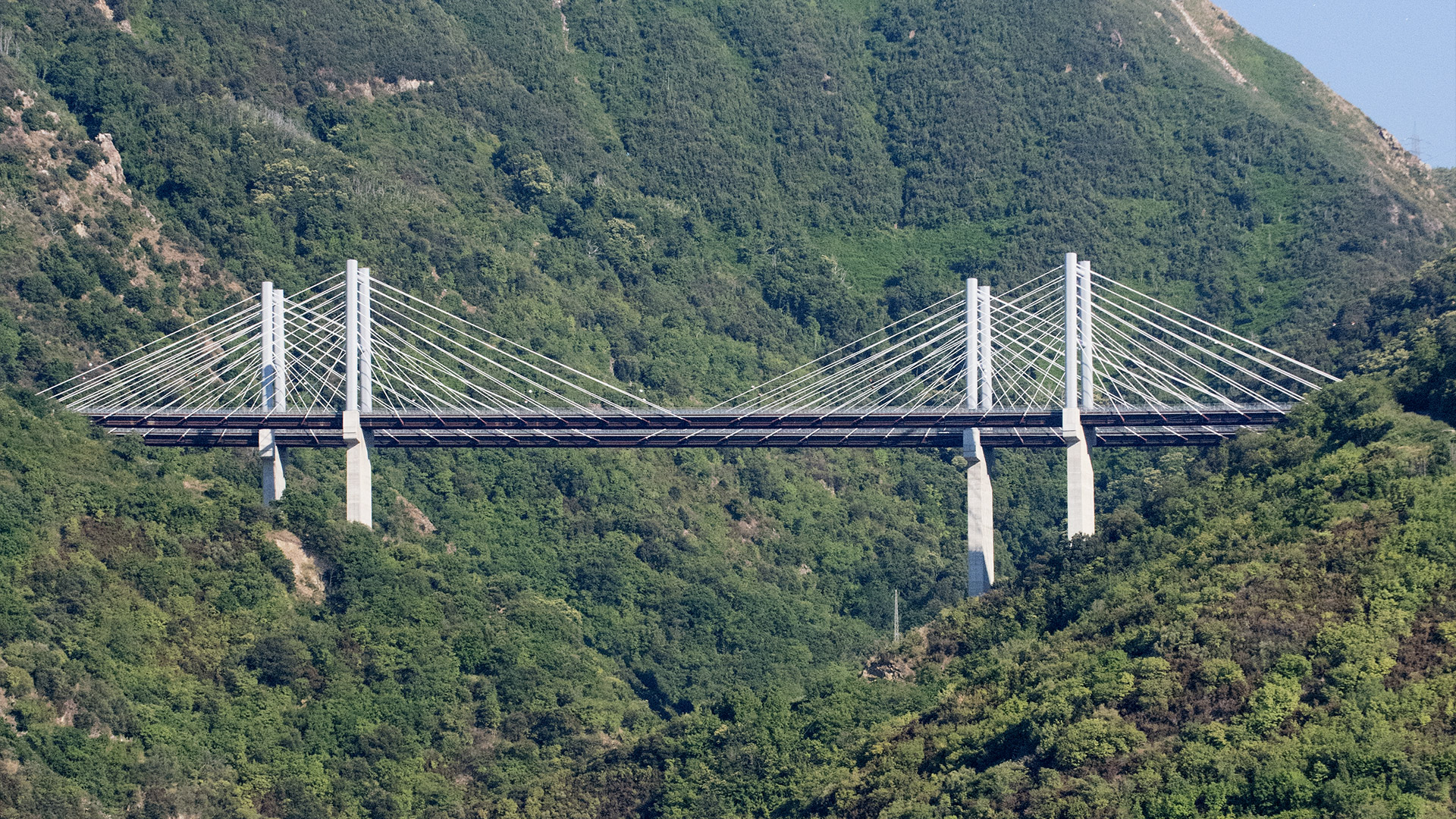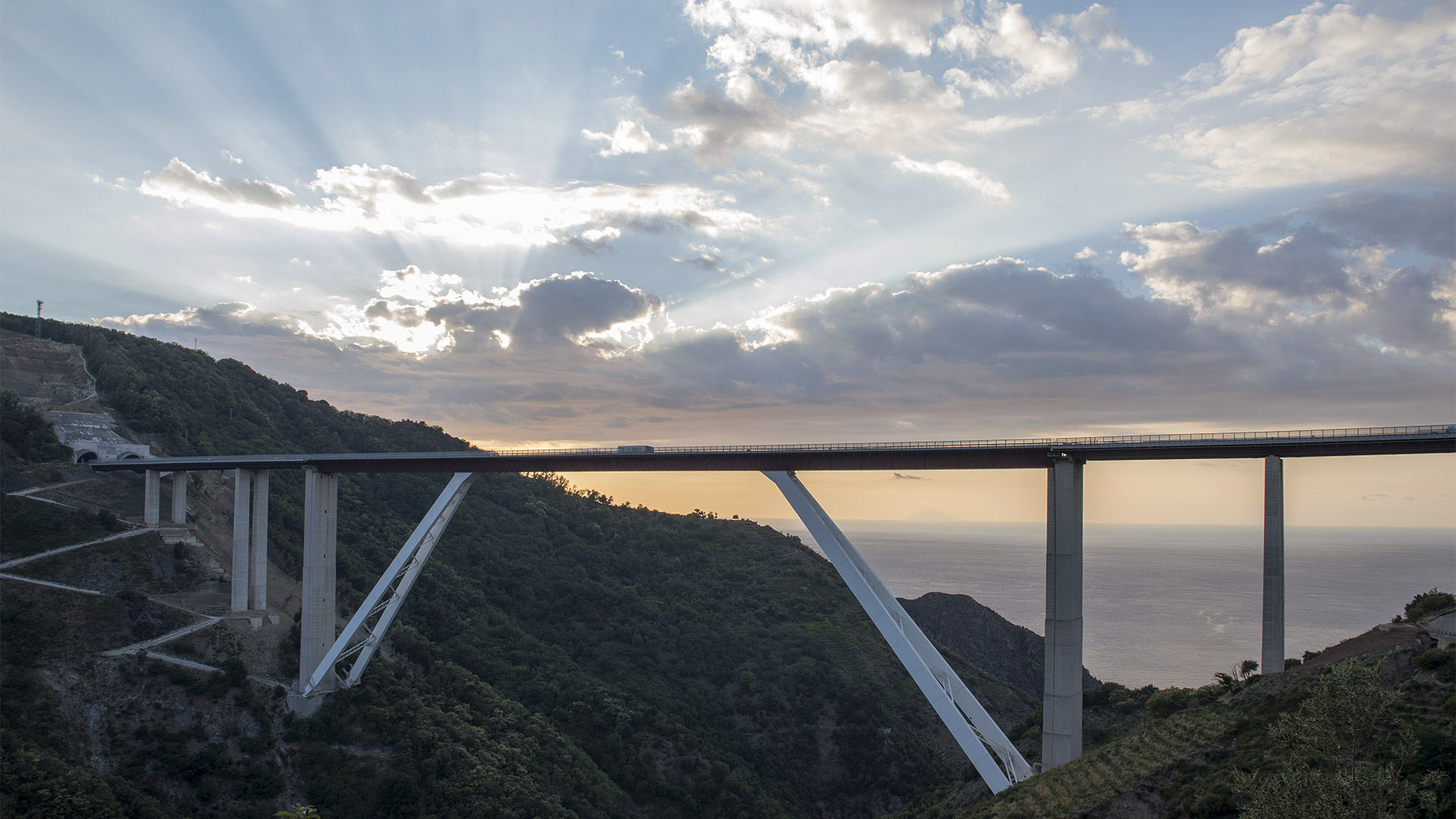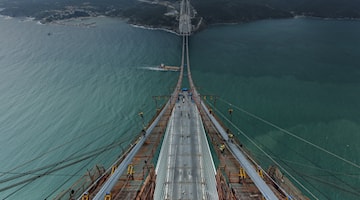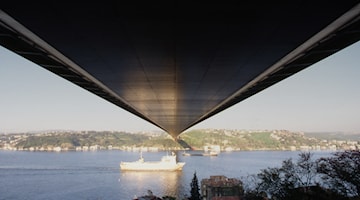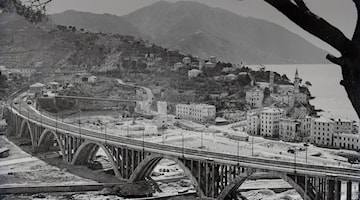A long story with a happy ending
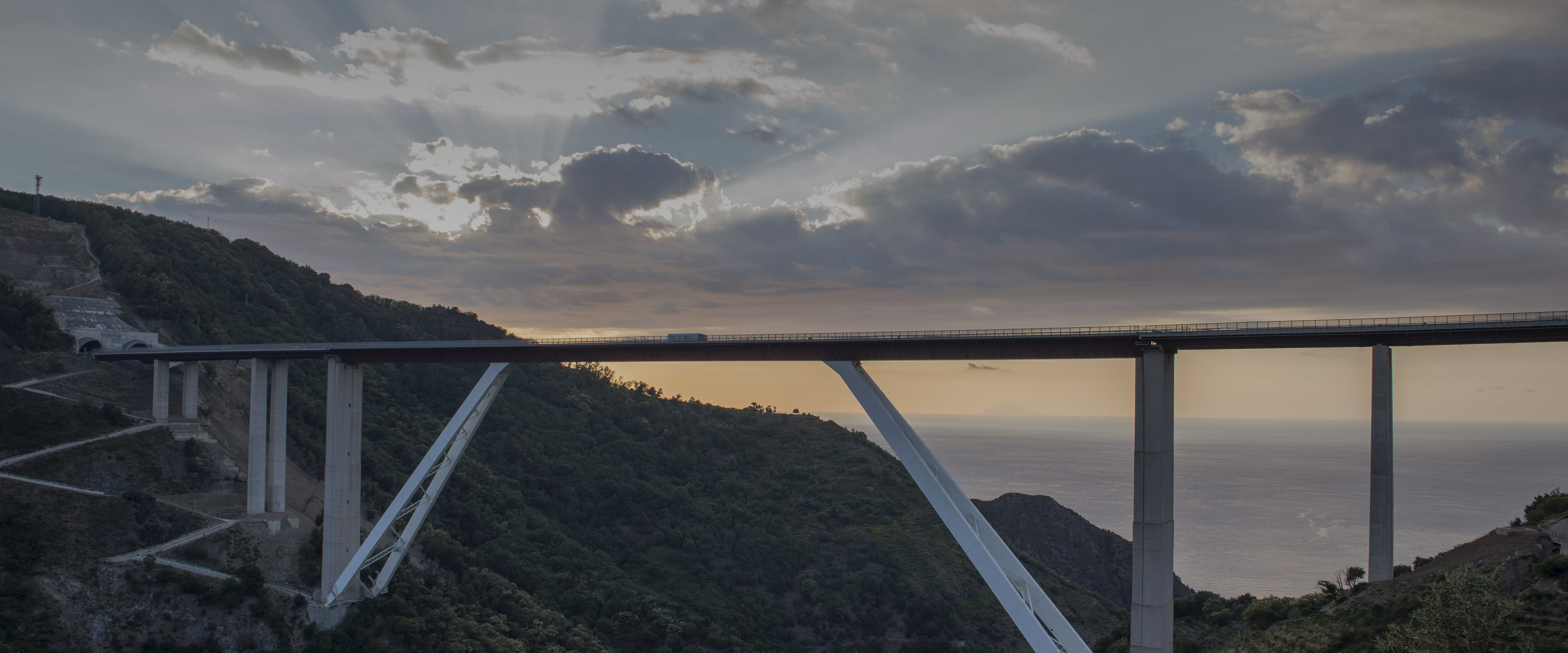
THE SFALASSÁ AND FAVAZZINA BRIDGES, ITALY
The history of the Salerno-Reggio Calabria is an 82-year-long epic (54 years of work). That is why many have dubbed it the eternal work. Its first appearance in the annals dates to 1934, when the Italian Highway Master Plan called for the construction of the Livorno-Civitavecchia-Salerno-Reggio Calabria Tyrrhenian highway. But the project did not start.
In fact, the construction program for the former A3 (new A2), the Salerno-Reggio Calabria, with a budget of 100 billion liras was only approved by law in 1955 and work started in 1962.
In 1967, 125 km from Salerno to Lagonegro were already in operation, but for the remaining 318 km, many difficulties were encountered. In fact, the A2 is the highest highway in Europe, with an average elevation of 1,000 meters above sea level and 100 kilometers of tunnels, as well as numerous viaducts built by the best engineers of the time, in the arduous Apennine environment.
The last section was opened in 1974, with a final cost of 368 billion liras. After 40 years, therefore, a happy ending. But no. Things turned out differently, continuous construction sites and detours made it for another 40 years, an interminable, modern and proverbial "St. Peter's factory," finally finished and opened to traffic in all 440 km only on December 22, 2016. Three of the toughest engineering challenges of the infrastructure, which crosses the South, are the renovation of the Sfalassà Viaduct (in 2008) and the Favazzina Viaduct (in 2013).
But let's go in order. The Sfalassà Viaduct is suspended 249 meters above the stream of the same name in the Bagnara Calabra valley, with a single central metal span that is 376 meters long. It had been built in 1972, and in that year awarded the European Metal Construction Convention. It is 769 mt long and has 125 mt high supports embedded in an area of high seismic risk. The solution that allows the deepest part of the gorge to be bypassed in a single leap is a mixed prestressed concrete structure, from which the spectacular metal portal span departs.
The Favazzina Viaduct, on the other hand, was designed in 1974 by engineer Riccardo Morandi, with two structures suspended between the steep, lush valleys at the tip of the boot near Sicily. It is 449 mt long, 150 mt high from the valley floor. It is curvilinear from start to finish, the deck is made of a mixed steel and concrete system, supported by huge piers planted in the valley, about 55 to 92 meters high.
In terms of engineering, it is considered among the most significant viaducts in Europe, in a deep valley surrounded by steep mountains, with 1.5-meter raised parapets and fall-prevention nets, an approximately 80-meter-long cap, secured to the ground by 10 thousand nails, allows the new viaduct to "cling" to steep slopes.
In both viaducts, old materials were removed, and the mountain slopes and riverbed pockmarked by construction sites were renatured with trees and vegetation.

THE WORK AND THE TECHNIQUE
Client: A.N.A.S
Construction period: 1965-1974, 2008-2012
Contractor: Impremaviter S.p.A. (1965-74), Webuild (2008-2012)
Client: A.N.A.S.
Construction period: 1965-1974, 2008-2012
Contractor: S.p.A. Costruzioni Umberto Girola (1967-69) and Impremaviter S.p.A. (1965-74), Webuild (2004-2013)
Length: 769 mt
Main light: 372 mt
Height of supports: 125 mt
Valley bottom depth: 250 mt
Length: 440 mt
Stack heights:
Stack heights: up to 91.9 m
Height of 150 meters from the valley floor
The construction project of the new Salerno-Reggio Calabria highway includes two works of great engineering interest: the renovation of the Sfalassà Viaduct and the construction of the new Favazzina Viaduct.
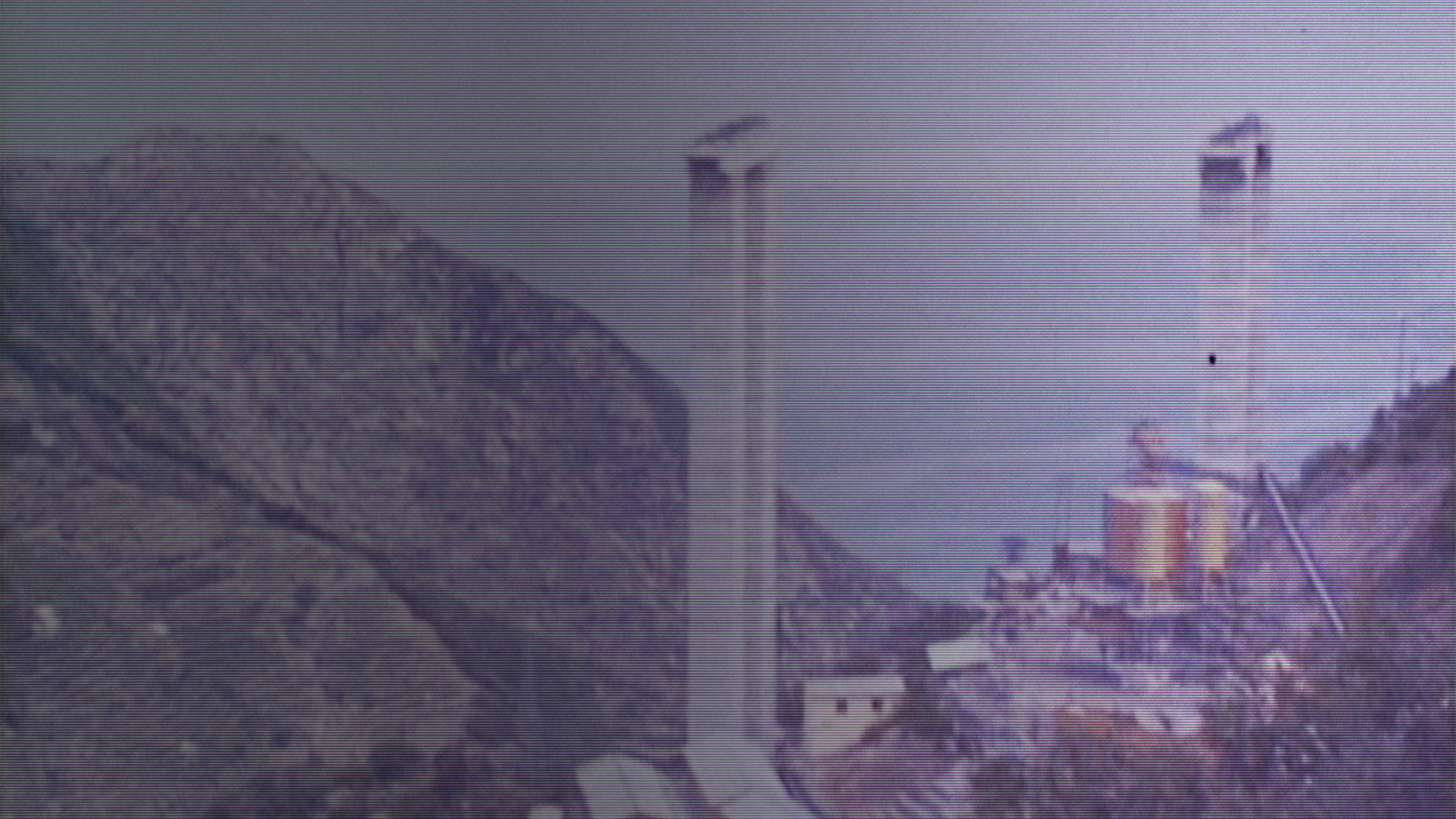
Il ponte sullo Sfalassà
(Pietro Magni, 1974)

CULTURAL INSIGHTS


A road that is now ready for self-driving cars. But is the world?
The A26 is the first Italian motorway where the first driverless open traffic experiments have been carried out. Research on this type of vehicle is proceeding quickly, but we still must wait some years yet to see the actual fruits ripe. For the time being, the most common feature is the emergency breaking system in case of danger.: this is Level 2, which the SAE (Society of Automotive Engineers), has established for vehicle automation. There are six in all, in fact, five plus one, because we start at level 0.
Level 0
There is no electronic automation.
Level 1
This is a system we are familiar with, with assisted driving. This includes ABS (the anti-lock braking system that has been mandatory for a few years), Cruise Control, Automatic Parking and Lane Detector, much to check that you don't stray off the roadway.
Level 2
It is the one most commonly sees on cars, in recent years, and includes systems that can intervene, in case of danger, either on the braking or acceleration system.
Level 3
These are the cars that can completely replace the driver in some situations, particularly on highways and in parking lots.
Level 4
Many sensors take the car to the next level, able to understand the external environment and thus also in traffic. If the driver is distracted, the driving system intervenes.
Level 5
It representes a car we have yet to see, capable without any danger of handling speed, emergency intervention, direction, and route in total autonomy, succeeding in complex maneuvers without human intervention.
You could also be interested in








